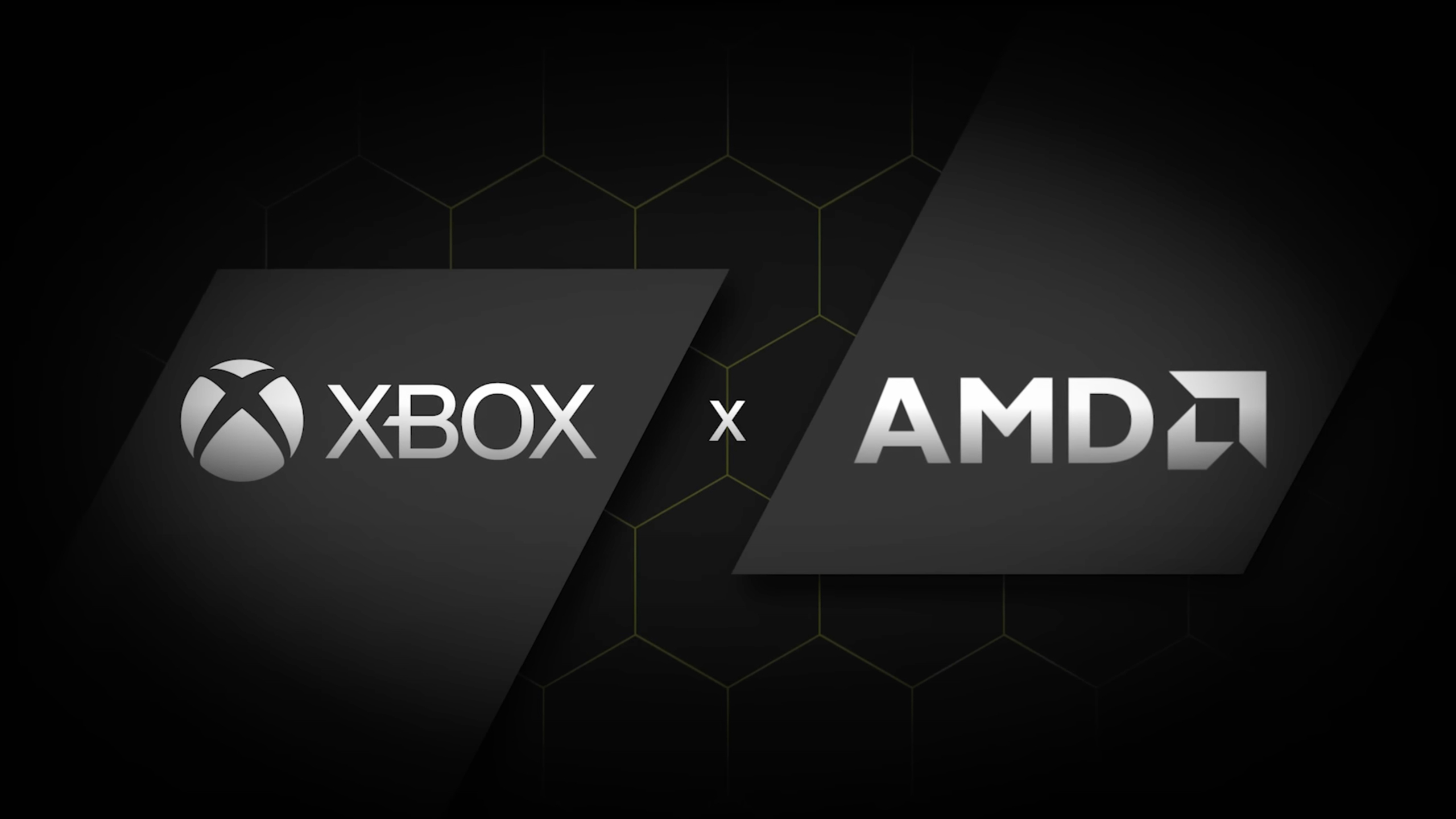Foundation season three will pick up 152 years after the end of season two, which means a new set of supporting characters is on the way. However, given Foundation’s fondness for clones (be they organic or digital) and robots—as well as people who endure extended cryosleep—all the main faces will also be back.
That time jump will advance the action to a time of great unrest, as predicted in season two by Gaal Dornick (Lou Llobell) using a combination of mathematics, the “prime radiant” quantum device created by Hari Seldon (Jared Harris), and her own powerful abilities. Throughout season two, she had glimpses of “the Mule” (to be played in season three by Pilou Asbæk), an equally powerful psychic hellbent on bringing the entire galaxy to heel.
This won’t sit well with Empire—the collective name given to the Cleons (played by Cassian Bilton, Lee Pace, and Terrence Mann at different ages), the trio of cloned galactic rulers who’ve held control for generations, though we saw cracks in the regime beginning to appear even back in season one.

As we learned in season two, Lady Demerzel (Laura Birn)—the last remaining intelligent android, she’s the only survivor of the Robot Wars—was programmed to ensure Empire’s reign by Cleon I, and there’s nothing she won’t do to follow that directive. That includes killing Cleons that get out of line, as well as altering their memories to virtually shape the version of reality that best serves the cause.
Elsewhere in the Galaxy, the Foundation—a breakaway civilization established by Seldon in season one, meant to ensure humanity’s survival after Seldon’s studies of “psychohistory” predicted a coming period of darkness—became a thriving alliance in season two, adding millions to its cause and reverse-engineering technology previously hoarded by Empire, including jump ships that revolutionized space travel.

What is Foundation about?
The Apple TV+ series is based on the Foundation short stories, novellas, and novels by Isaac Asimov; he penned the first works in the 1940s and ‘50s and then returned to its world at the end of his career in the 1980s.
It’s set in the very far future, when the galaxy has long been ruled by the Cleonic dynasty, a trio of clones of Emperor Cleon I at different ages: the young Dawn, the middle-aged Day, and the elderly Dusk. When Dusk gets too old, a new Dawn is decanted and Day becomes Dusk. (Empire also keeps replacement spares, in case a clone perishes before he’s aged out.)
Though Empire is ostensibly in charge, the real architect of the regime is Demerzel, working off programming implanted by Cleon I. She manipulates expertly and with the ability to stay several steps of most human minds, but she’s not infallible.
And despite Demerzel’s cunning, Empire’s stranglehold on the galaxy has begun to crumble. The clones have been slightly corrupted, meaning they’re no longer perfect copies of Cleon I; in Foundation season two, the reigning Brother Day toys with the notion of taking a wife and producing an heir the old-fashioned way, thereby ending the cloning tradition.
Empire’s fall is just one element in Hari Seldon’s dire prediction for the future. In season one, the Cleons agreed to let Seldon and his followers decamp to Terminus, a far-flung planet, to set up the Foundation as a way to preserve all knowledge and hopefully lessen the length of the dark age. One of the key minds on his mission is Gaal Dornick, a math prodigy who has disturbing visions of a war-torn future.

Hari dies before reaching Terminus, though he soon resurrects as two digital copies, one of which mysteriously gains a human body in season two. He eventually reveals the true intention of the Foundation is to build up an entirely new civilization. A Second Foundation, built apart from Terminus, is also secretly part of his plan.
It sounds like a lot of moving parts—as Gaal says, “It’s all a bit sticky”—especially once you add in the story’s leaps in time. But at its core it’s a pretty classic story: two sides, Empire and the Foundation, plus a bunch of characters caught between those sides. Season three will add in a third side with the diabolical Mule.
Who are the main returning characters in Foundation?
Gaal Dornick leaves her water-covered homeworld after winning a math contest and is immediately made a part of Hari Seldon’s chaotic plan. They’ve had a prickly relationship over the years (and it’s been a lot of years; Gaal’s been in multiple cryosleep stints, and Hari enters a digital afterlife soon after we meet him), but at the end of season two they’re fully aligned.
Seldon Day developed the theory of psychohistory, using data to predict the future of civilizations. He engineered his own death on the way to Terminus, but revived himself digitally twice. As we learned in season one, one hologram of Hari exists in the Vault, a mysterious structure located on Terminus; the other accompanies Gaal on her journey away from the original Foundation, towards the creation of the second Foundation. That latter version of Hari gains an organic body in season two with the help of an ancient mathematician, Kalle (Rowena King). Even Hari, the smartest man in the universe, can’t explain how that happened… so don’t think about it too much.
Empire consists of the three Cleons: Brothers Dawn, Day, and Dusk. They rule the galaxy and have for centuries. Some versions of them are more odious or more sympathetic than others; the Brother Day we followed in season two is the 17th Cleon. Season three will be a different (identical) trio that’s sitting the throne 152 years later—all played by the same actors, of course.
As mentioned above, Empire’s majordomo Demerzel is an android. The Cleons know what she is, but most other people assume she’s an ever-revolving clone like their rulers are. Her duty is to serve Empire, specifically the desires of Cleon I, and she’s not beholden to the Three Laws of Robotics beyond that. (Which means: she can and will kill ) But she’s not really a villain, despite her ruthlessness; it’s made very clear that when it comes to Empire, Demerzel holds all the power—except the power to act as she truly wishes she could.
Played by Rowena King, Call will seemingly be a more prominent character in season three. Her writings helped Gaal win that math contest in season one; in season two, she makes a couple of enigmatic appearances, including when she helps transform Hari from digital being into a flesh-and-blood human.
What happened at the end of Foundation season two?
After defeating powerful psychic leader Tellum Bond (Rachel House)—who was dead-set against the Second Foundation being built on Ignis, the planet she’d claimed—Gaal and Hari freed the “Mentalics” she’d kept under tight mind control. Gaal’s daughter, Salvor (Leah Harvey), gave her life to save Gaal; she was a key character in seasons one and two, but she seemingly won’t be back for season three, though flashbacks are always a possibility.
Gaal’s vision of the future suggested the Mentalics will be a key part of the fight against the Mule. After some back-and-forth, Hari and Gaal decided they’d go into cryosleep for 150 years on Ignis, waking up periodically to help prepare the Second Foundation.
Two other season two characters who perished at the end: heroic con man Hober Mallow (Dimitri Leonidas), loyal to the Foundation, and Galactic Empire general Bel Riose (Ben Daniels). Though they were on opposite sides of the battle, they made amends in the end as they faced certain death, and even shared some really bad wine in a poignant but funny send-off.
Empire destroyed Terminus—but after gloating over his victory, Brother Day picked a fight (with Hober and Bel) on an orbiting ship and was tossed out of the airlock. We later see the people of the Foundation all survived the destruction of their planet by using Hari’s vault as an escape vessel.

Back on Empire’s home planet of Trantor, Brother Dusk is killed by Demerzel after figuring out she’s only serving the wishes of Cleon I, not any of the other Cleons since. Brother Dawn escapes with Brother Day’s intended bride; she’s pregnant with Dawn’s child. Since the occasion calls for it, three new Cleons are decanted and put into use.
At the very end of season two’s finale, we flash-forward “152 years later.” The Mule, seemingly very rattled, speaks out in a shadowy room: “I have to find Gaal Dornick before she finds me. I have to destroy her… even if I have to burn everything to do it.”
What do we know about Foundation season three?
We know what Asimov wrote, but we can’t know for sure how Foundation will recalibrate the plot or the specific characters it might re-shape for dramatic purposes—both things it has done in previous seasons.
However, here’s the official synopsis:
“Set 152 years after the events of season two, the Foundation has become increasingly established far beyond its humble beginnings while the Cleonic Dynasty’s Empire has dwindled. As both of these galactic powers forge an uneasy alliance, a threat to the entire galaxy appears in the fearsome form of a warlord known as ‘The Mule’ whose sights are set on ruling the universe by use of physical and military force, as well as mind control. It’s anyone’s guess who will win, who will lose, who will live, and who will die as Hari Seldon, Gaal Dornick, the Cleons, and Demerzel play a potentially deadly game of intergalactic chess.”
Besides Asbæk as the Mule, we’ll meet new characters played by Cherry Jones, Brandon P. Bell, Synnøve Karlsen, Cody Fern, Tómas Lemarquis, Alexander Siddig, and Troy Kotsur. There’s been no official word from Apple TV+ on who they’re playing, but the new season’s first-look images and trailer have offered some visual clues.
Why should you watch Foundation?
The worldbuilding can be dense—psychic warriors! Cloned rulers! Superpowered mathematicians! A vision of all possible futures on an unimaginably vast timeline! One robot to rule them all?—but there’s a logic and symmetry that fits together, especially thematically. Foundation isn’t a show you can casually have on in the background and hope to catch all the nuances; paying close attention will yield far more rewards, both in being able to follow the story and in appreciating the show’s occasional but well-placed lighter moments.

The writing and directing are fantastic, and the cast is a cut above, too, especially Harris as all the different iterations of Seldon—and Pace as all the different iterations of Brother Day.
Foundation seasons 1-2 are streaming now; season three premieres July 11 on Apple TV+.
Want more io9 news? Check out when to expect the latest Marvel, Star Wars, and Star Trek releases, what’s next for the DC Universe on film and TV, and everything you need to know about the future of Doctor Who.







